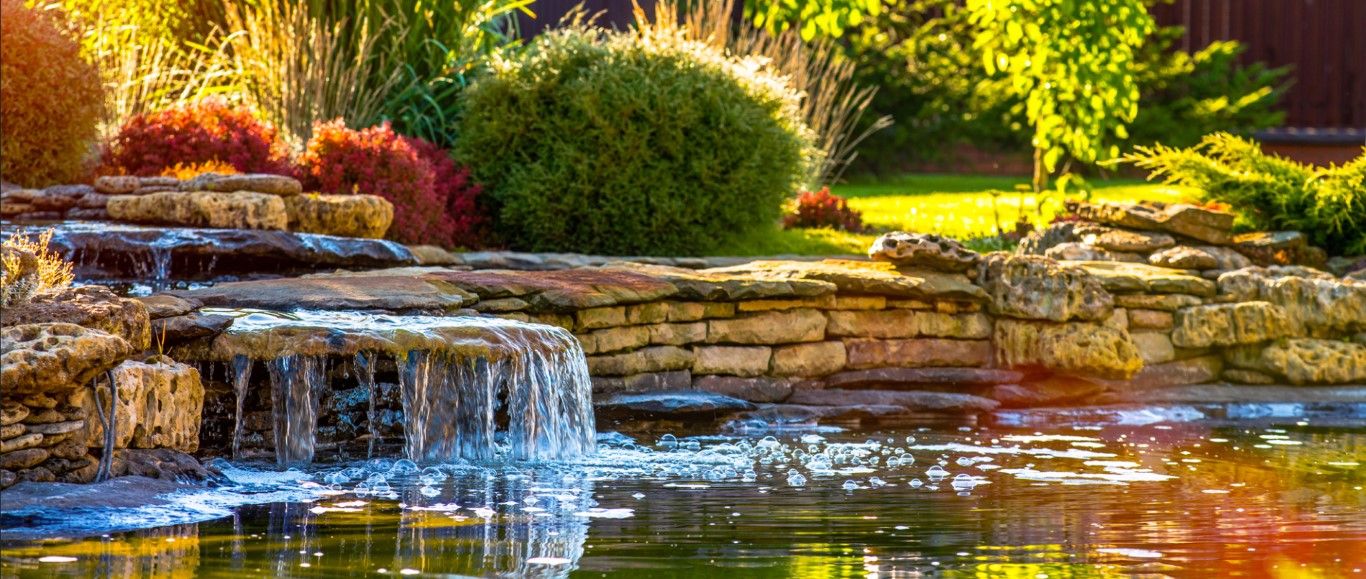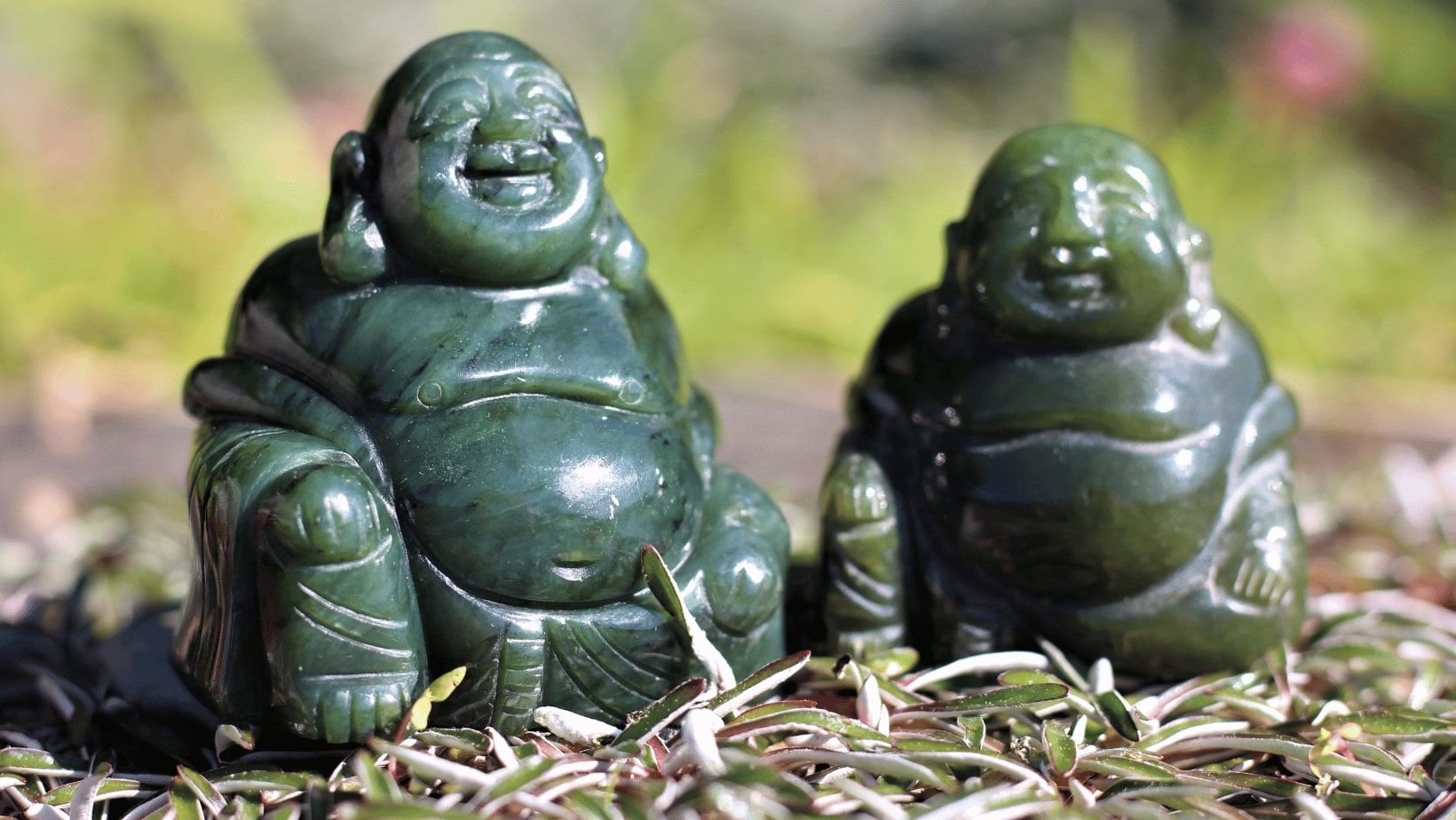Jade: The Emperor's Stone
Jade: The Emperor's Stone
Get the Guide: Jade: The Emperor's Stone
The proverb "Gold has a price; Jade is priceless" reflects the value that Chinese culture places on jade. For over 9,000 years, jade has been considered a symbol of status, spirituality, purity, and health in China. In contrast to the West, where diamonds or rubies were worn as status symbols, jade was the preferred stone in China and Aotearoa.
In Aotearoa New Zealand, jade is known as Pounamu or Greenstone, and all of it is Nephrite. Unlike Jadeite, which is a semi-precious stone and does not occur naturally in New Zealand, Nephrite is softer and has a more limited range of colours, mainly green and white. Geologists tend to use the term nephrite jade, while Māori refer to their treasured stone as pounamu. New Zealand’s early European settlers called it greenstone - a name still used today, thought to have stuck because of its ease of remembrance. To everyone else, the stone is simply known as jade.
Jade is valued differently than other precious metals or gemstones because it is not fungible like gold and is not a single polished and cut crystal like diamonds or rubies. Instead, jade is formed of interlocking microcrystals, and each piece is unique in shape, size, and character. Professional craftsmen evaluate raw jade's beauty, flaws, and spirit to determine what can be carved from it, which influences its price.
In Chinese culture, coloured jadeite is highly valued, and rare forms like "mutton fat" jade can sell for the same price per carat as diamonds in other parts of the world. However, in New Zealand, Nephrite is the only type of jade available, and its value is influenced by its unique character and the skill of the craftsman who carves it. New Zealand is also one of the few countries in the world that does not mine its jade, insead it is fossicked for in glacial valleys and riverbeds, safeguarding it for future generations.
For centuries, it has been believed that wearing, using, and even eating, jade will bestow strength, wealth, good fortune, as well as support the body’s healing process. It is known as a powerful healing stone, said to bring a deep sense of peace, harmony and balance to the wearer. You can use the healing and revitalising stone to minimize negative energy and allow space for you to welcome inspirational and uplifting energy in your life.
In New Zealand, early Māori used pounamu to make weapons and tools such as adzes, chisels, gouges and knives for carving and cutting wood, using sandstone to help shape the stone. Māori men and women also adorned themselves with pounamu, as necklaces, earrings and rings. Pounamu was and is often used as a talisman to represent and protect a person’s mauri - their life force or essence - meaning, when this pounamu is passed on to future generations it is thought to still behold the mauri of previous owners, aiding in forming lasting connections with ancestors and bestowing strength and prosperity on the new wearer.
Overall, the proverb highlights the enduring value of jade in Chinese culture, where it is viewed as priceless and an important symbol of status, spirituality, purity, and health, just as in New Zealand, where jade holds cultural and spiritual significance as pounamu or greenstone.
Discover the enduring value of jade in Chinese and New Zealand culture, and how it differs from other precious stones.
At Stone & Water World, we're lucky enough to have a number of intricate, hand-carved jade items, including jade buddha, elephants, frogs, sea turtles and even kiwis. We also have a range of gorgeous jade pendants and earrings available.
If you enjoyed this blog, you might also enjoy:


